Keep the fun going with passive programs
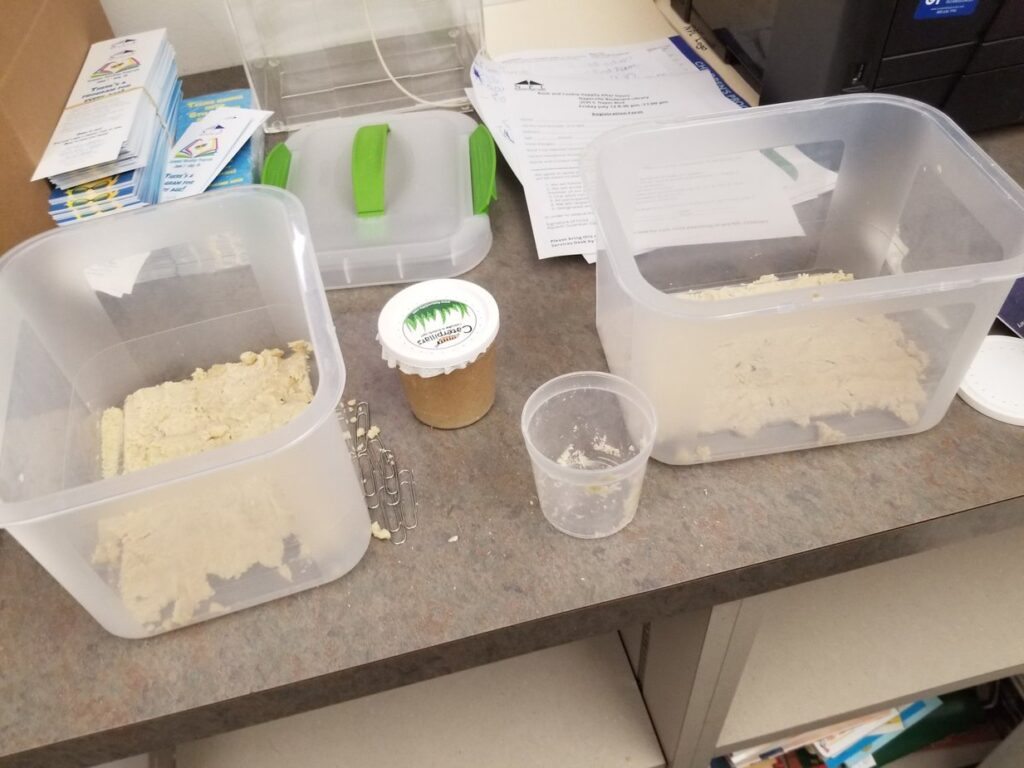
I am always on the lookout for more passive programs to serve my community. A passive program is something prepared in advance, that patrons can do on their own time and requires minimal staff assistance. We like to have these when people are looking for something to do in the library and there is not a scheduled program (or if a scheduled program is filled to capacity).
Here are some ideas of space and science themed passive programs:
- Scavenger hunts: The go-to of all passive programs, my library did one this summer that was a scavenger hunt to find all the planets. You could do one with stars (simple decals or full constellations), images from NASA and beyond. NASA Space Place even has pre-made scavenger hunts one can download.
- STEM Clearinghouse activities. I found a few cool passive activities on the STEM Activity clearinghouse:
- A printable board game called “Polar Bears Go with The Floe” I did this with my homeschool group and they were happy to have a “unique” board game.
- A Mars matching game where kids can match Earth features with Mars analogues
- A Trip to Mars station where participants play a game that takes them through the steps of a mission to Mars.
- Sorting Games with printable cards where participants of any age can classify and arrange items according to “How big,” they are, “How far?” away, and “How Hot?”
- One of my all time favorite printables is a Cloud Teller which is basically a fortune teller, or “cootie catcher.” Learners can see varying degrees of cloud cover and learn new vocab
- 3. Pinhole viewers: Known as one of the easiest and safest ways to view solar eclipses… pinhole viewers are something that can be easily made, even in a passive program with supplies and instructions left out. I created one with a template from the National Science Foundation at ALA but there is also a Shoebox version and a cerealbox version to make.

Pinhole viewer
4. Astronaut training station. At my library we have an imagination station, where the theme changes every month. One month was mission control, where kids could pretend they were launching their very own space craft. Old carseats could double as rocket ship seats, you can make a steering wheel out of cardboard, covering everything in foil can give it a more “scientific feel,” and using gloves and an astronaut costume adds a dress up component.
5. Observation science. This falls under the space/ science category, but it’s always fun to come back to the library and observe something. A classic in libraries is purchasing a caterpillar-to-butterfly kit and watching the transformation process. Other ideas include hatching baby chickens, growing crystals or plants, making a sprout house, or seeing how apples dissolve in different acids or bases.
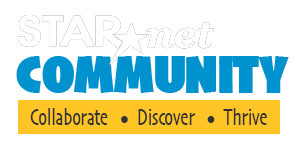
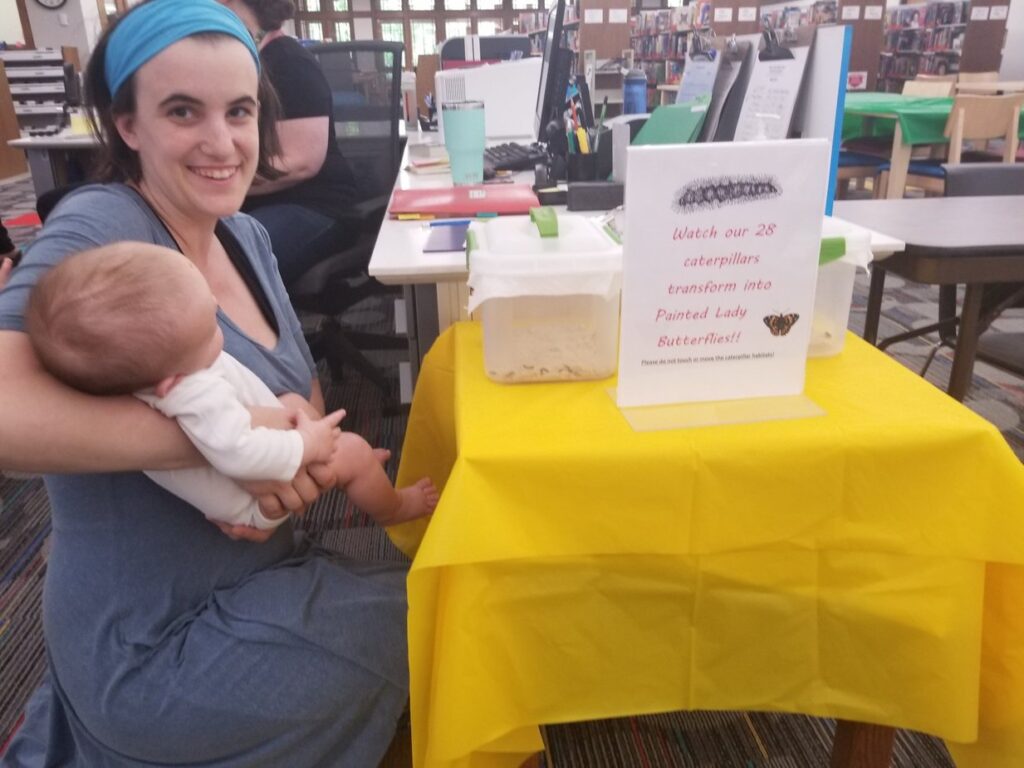
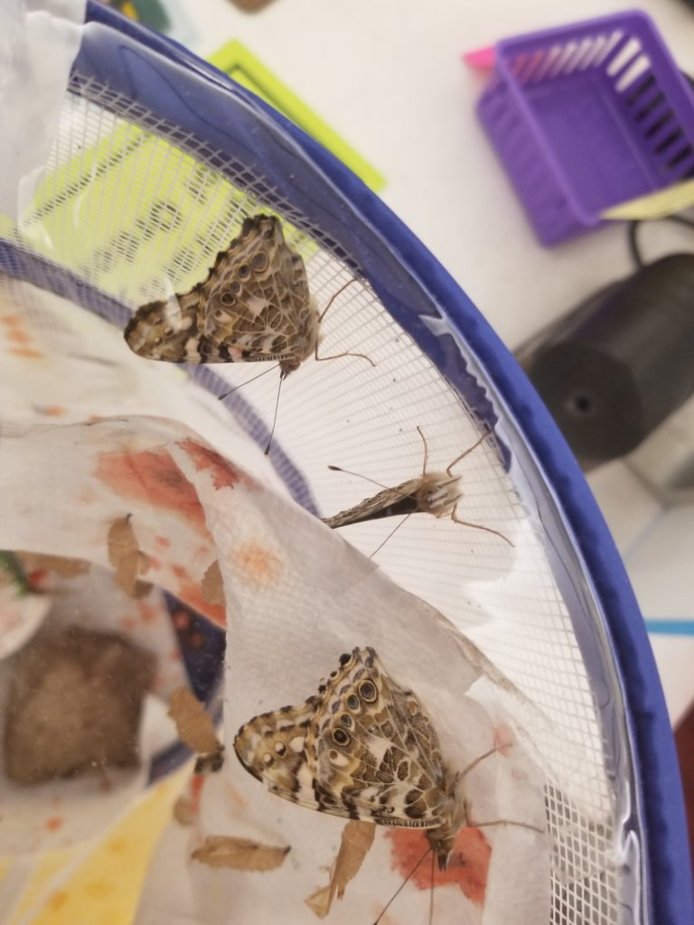
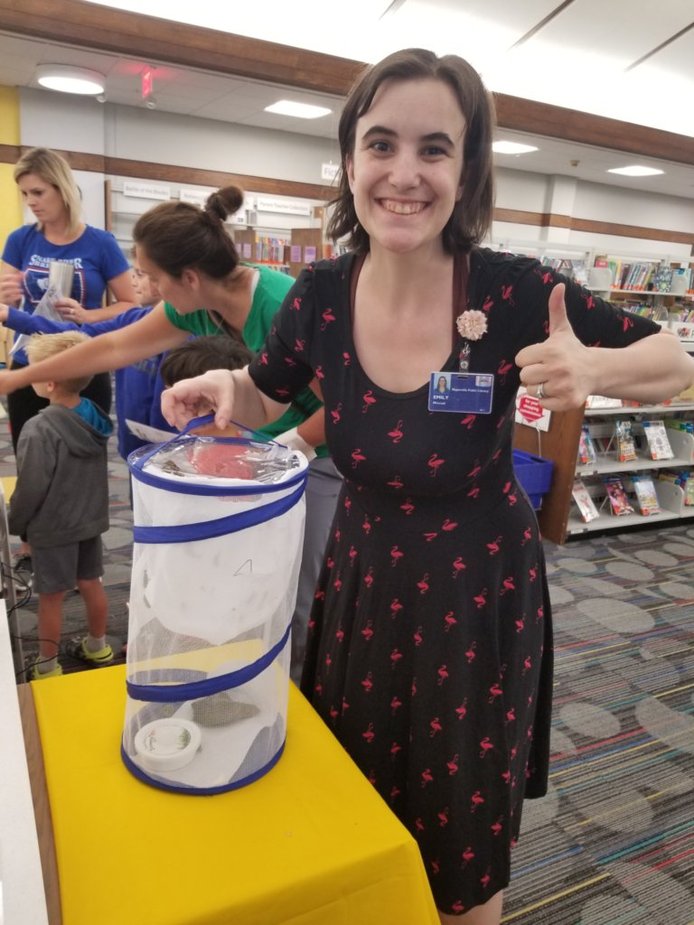


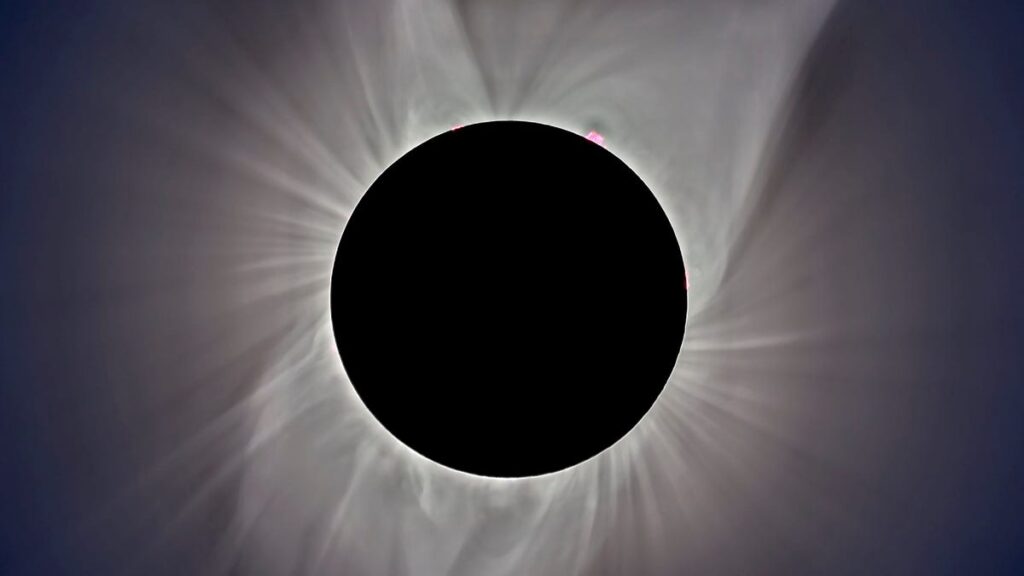

Responses